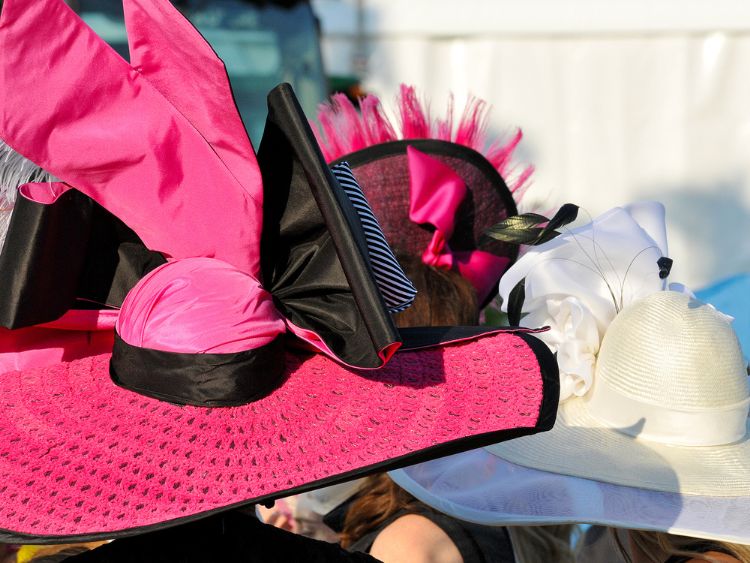In the ever-evolving landscape of fashion, Japanese streetwear stands as a symbol of bold individuality, cultural depth, and artistic expression. With roots that trace back to Tokyo’s Harajuku and Shibuya districts, this style movement has redefined the boundaries of global street fashion. The fusion of avant-garde aesthetics with traditional Japanese influences has catapulted Japanese streetwear into the spotlight, captivating the imagination of fashion enthusiasts across continents.
Cultural Foundations and the Rise of a Streetwear Powerhouse
To understand the appeal of Japanese streetwear, one must first delve into its cultural origins. Japan’s unique relationship with fashion is deeply influenced by its history, social norms, and a relentless desire to innovate. After World War II, a wave of Western styles entered the country, blending with traditional Japanese sensibilities. Over time, this mix gave birth to a new generation of creators who used clothing as a medium of rebellion, commentary, and creativity.
Japanese youth, particularly in Tokyo, began embracing fashion not just as a form of self-presentation, but as a canvas for self-expression. They challenged norms, often experimenting with silhouettes, layering, colors, and even gender-fluid designs. This dynamic approach laid the foundation for what would eventually become a globally recognized fashion identity.
Influential Brands and Designers Reshaping the Fashion Narrative
Japanese streetwear wouldn’t be what it is today without the groundbreaking work of visionary designers and labels. Brands like A Bathing Ape (BAPE), Undercover, Neighborhood, and WTAPS have played a pivotal role in shaping the aesthetics and ethos of the movement. Each of these brands, while distinct in their approach, encapsulates the spirit of Japanese innovation and rebellion.
BAPE, founded by Nigo in 1993, became iconic for its camouflage patterns, bold graphics, and high-profile collaborations. Undercover, led by Jun Takahashi, draws from punk and gothic influences, marrying chaos with couture. Meanwhile, Neighborhood and WTAPS focus on militaristic and utilitarian themes, adding depth and a rugged edge to Japanese streetwear’s spectrum.
The influence of Rei Kawakubo of Comme des Garçons and Yohji Yamamoto cannot be understated either. Though not always labeled as streetwear in the traditional sense, their avant-garde designs have inspired countless streetwear aesthetics and continue to blur the lines between high fashion and everyday wear.
The Globalization of Japanese Streetwear and Its Lasting Impact
What makes Japanese streetwear so magnetic is its seamless ability to blend global trends with deeply local inspirations. From ukiyo-e prints and samurai motifs to futuristic techwear and minimalist design, it speaks in a language that’s both universal and profoundly rooted in Japan’s cultural DNA.
As the internet age expanded the reach of fashion, Japanese streetwear found an eager international audience. Social media, fashion blogs, and digital lookbooks provided a glimpse into the bustling style hubs of Tokyo, leading to an explosion of interest worldwide. Celebrities, artists, and athletes began donning Japanese labels, further cementing their status in global fashion conversations.
Simultaneously, Japanese streetwear has influenced Western brands as well. The collaboration culture between Japanese designers and international giants such as Nike, Adidas, Supreme, and Uniqlo exemplifies the mutual admiration and growing integration between East and West. These collaborations bring together diverse design philosophies and create collections that transcend borders.
Style Philosophy: More Than Just Fashion
Japanese streetwear isn’t merely about clothes; it’s a philosophy. Central to it is the appreciation for craftsmanship, storytelling, and intentionality. Every stitch, graphic, or accessory often carries a meaning, whether it’s a political statement, a reference to pop culture, or a homage to Japan’s rich heritage.
The concept of “wabi-sabi”—the beauty of imperfection—is also subtly present in many designs. This aesthetic celebrates asymmetry, raw textures, and natural simplicity, offering a refreshing contrast to the often glossy world of mainstream fashion.
Moreover, Japanese streetwear embraces individuality in a way that feels inclusive rather than prescriptive. It encourages people to dress according to mood, identity, or even fantasy. There’s no singular look that defines it, which is perhaps why it resonates with such a wide audience.
Sustainability and the Future of Japanese Streetwear
As the fashion industry grapples with environmental concerns, many Japanese labels are leading by example through sustainability initiatives and ethical practices. The deep-rooted cultural appreciation for quality and longevity means that fast fashion is often eschewed in favor of durable, well-made garments.
Many Japanese designers prioritize limited production runs, use natural fabrics, and focus on timeless appeal rather than seasonal trends. This sustainable mindset is increasingly influencing newer generations of designers and consumers who are seeking meaning and responsibility in their fashion choices.
The future of Japanese streetwear seems poised to continue evolving while staying anchored in its values. As digital fashion, metaverse experiences, and AI-generated designs begin to shape the global style landscape, Japanese creators are already exploring ways to merge traditional artistry with cutting-edge technology.
A Lasting Legacy in the World of Fashion
Japanese streetwear remains one of the most compelling narratives in the modern fashion world. Its blend of cultural pride, daring innovation, and thoughtful design has inspired movements from Seoul to New York. It transcends trends by offering something that feels authentic, artistic, and endlessly imaginative.
While fashion can often be fleeting, the philosophy behind Japanese streetwear offers a lasting blueprint—one that values expression over conformity, quality over quantity, and creativity over commercialism. In a world hungry for uniqueness and meaning, Japanese streetwear continues to deliver both with effortless style.
